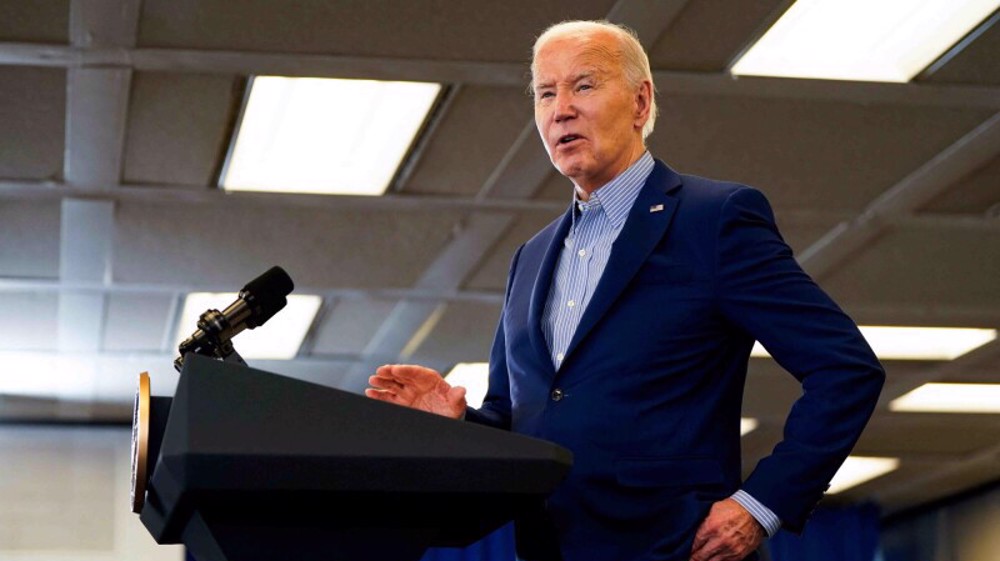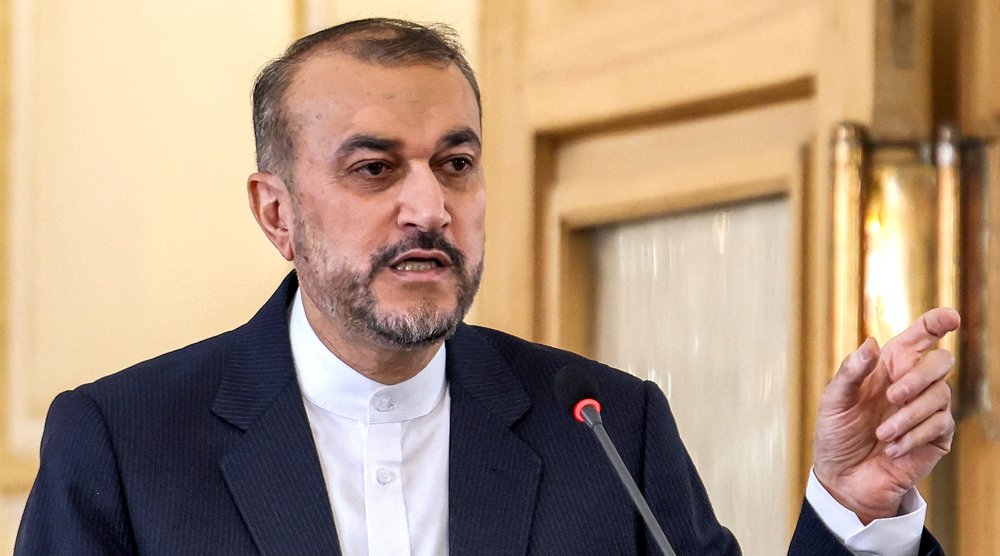Karabakh peace appears ‘to have taken hold’
As a ceasefire is announced between Azerbaijan and the Armenia-backed Nagorno-Karabakh, efforts are underway for sustainable peace in the volatile region.
The United States welcomed the ceasefire, saying truce “does seem to have taken hold” there.
On Tuesday, US State Department spokesman Mark Toner told a news briefing in Washington, DC, that both sides have been urged to uphold the ceasefire.

"The United States does welcome both sides' confirmation of a ceasefire," Toner said. "It's a very nascent ceasefire but we are encouraged that it does seem to have taken hold. And we're actively engaging with both sides to urge them to strictly adhere to the ceasefire."
Iran and Russia have also called for peace in the region as the warring sides announced an end to hostilities after four days of clashes.
Iranian Foreign Minister Mohammad Javad Zarif spoke with his Armenian counterpart, Edward Nalbandian, on the phone.
Zarif also met with his Azeri counterpart, Elmar Mammadyarov, in the northern Iranian city of Ramsar while another meeting was set to be held in the Azerbaijani capital Baku, with the two as well as Russian Foreign Minister Srgey Lavrov in attendance.
"You know that a trilateral meeting in the Russia-Iran-Azerbaijan format has been planned in Baku. Surely, it assumes special relevance in the wake of the latest events. The issue of Nagorno-Karabakh will be the central one," said Russian Foreign Ministry spokesperson Maria Zakharova.
Like Toner, Zakharova sounded optimistic about the ceasefire, saying the two sides "have gotten on the track toward a settlement."
Russian President Vladimir Putin also spoke with Armenian and Azerbaijani leaders, urging them to “urgently ensure a complete cessation of military hostilities and respect for the ceasefire," the Kremlin said in a statement.

Since Friday, at least 73 people have been killed in the most violent clashes the disputed region has seen in decades.
Meanwhile, the Organization for Security and Cooperation in Europe, which has previously mediated Karabakh peace talks, urged an “immediate negotiation” between the two sides.
The OSCE, which consists of the US, some European countries as well as Turkey, said in a statement that there is “no military solution to the conflict.”

After the recent escalation, Turkish President Recep Tayyip Erdogan said Ankara would support Azerbaijan “to the end” and “we pray our Azerbaijani brothers will prevail in these clashes.”
The ethnic clashes that began in the late 1980s and left tens of thousands dead by May 1994 have ever since been continuing in the landlocked South Caucasus region, claimed by Azerbaijan and governed by the Nagorno-Karabakh Republic.
Mostly populated by Armenians, Karabakh has been under the control of local ethnic militia since the ceasefire.
Yemenis, Jordanians reiterate support for Palestinians in Gaza
Iranians rally nationwide in support of Operation True Promise
Raeisi: Operation True Promise ‘a necessary response’ to Israel
OIC slams US for blocking Palestine’s bid for full UN membership
US police arrest 108 pro-Palestine protesters at Columbia University
Top commander names four 'historic achievements' of Operation True Promise
VIDEO | Iranian attack and crisis of entity
UN chief: Israel’s war turned Gaza into 'humanitarian hellscape'










 This makes it easy to access the Press TV website
This makes it easy to access the Press TV website